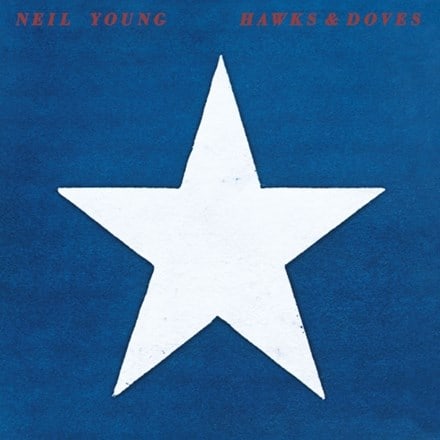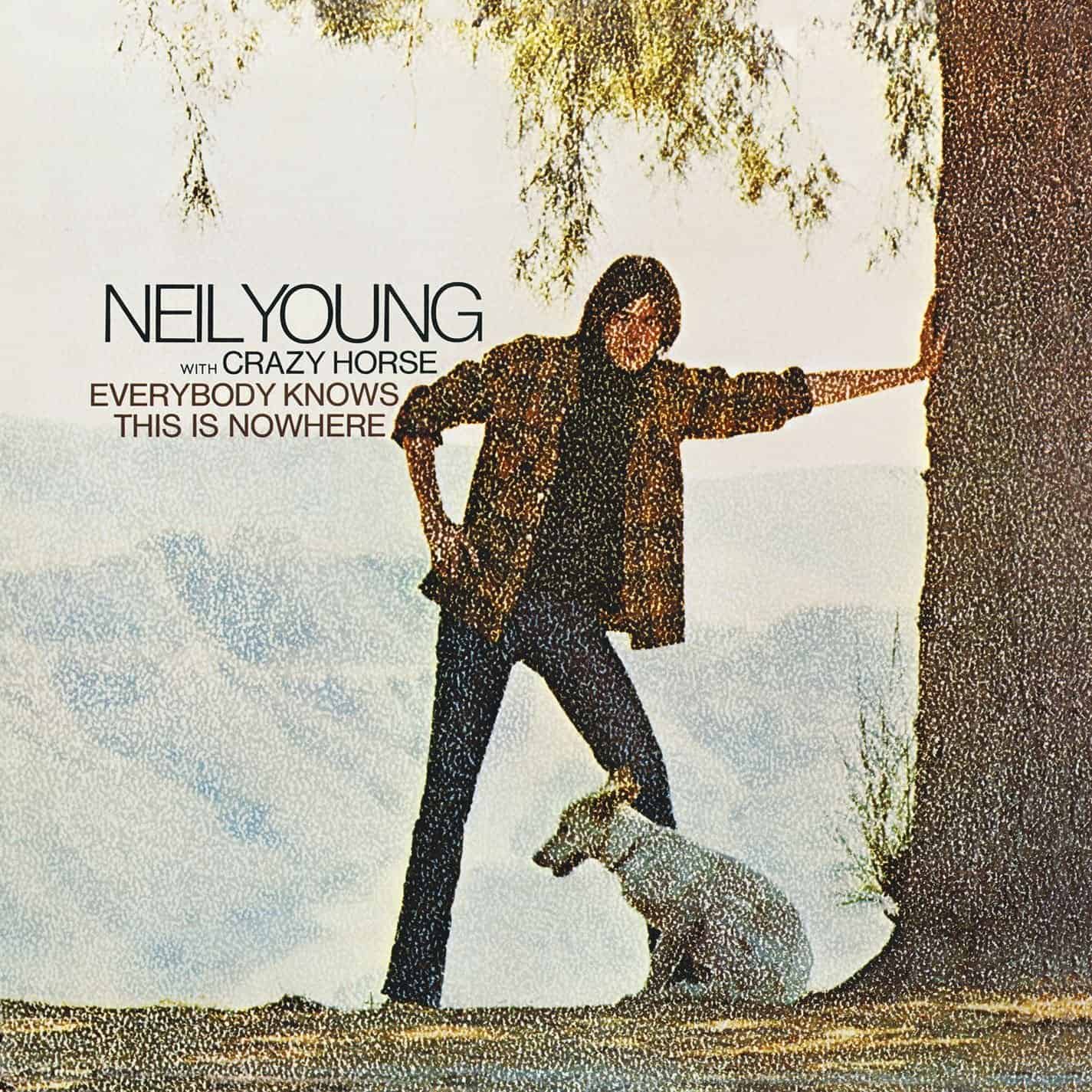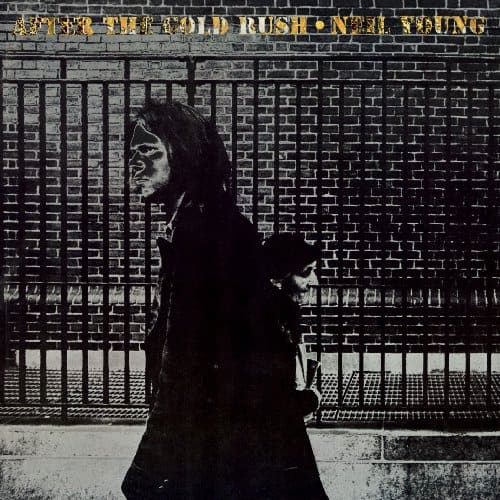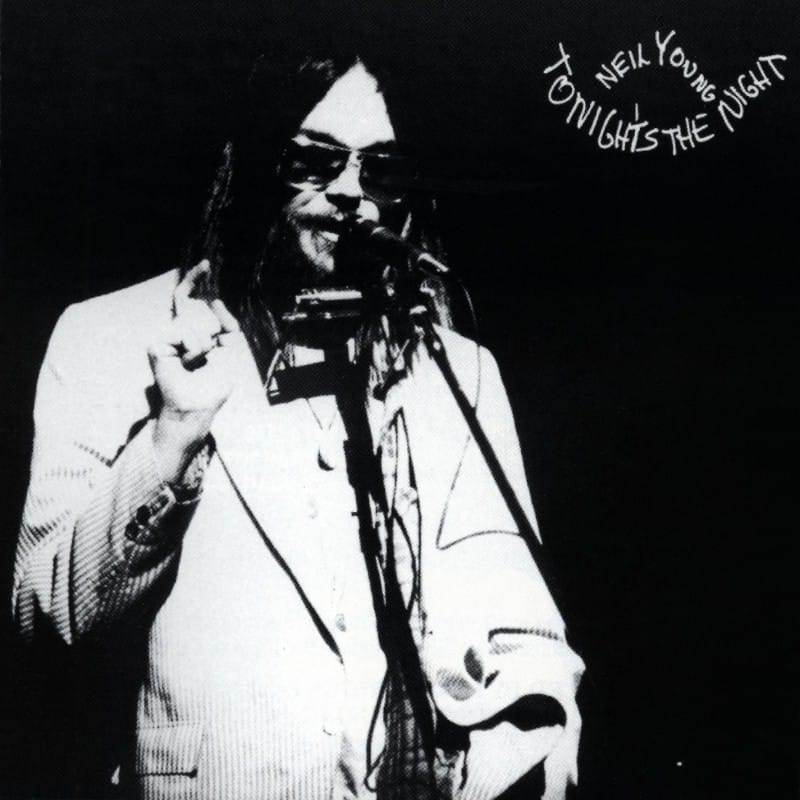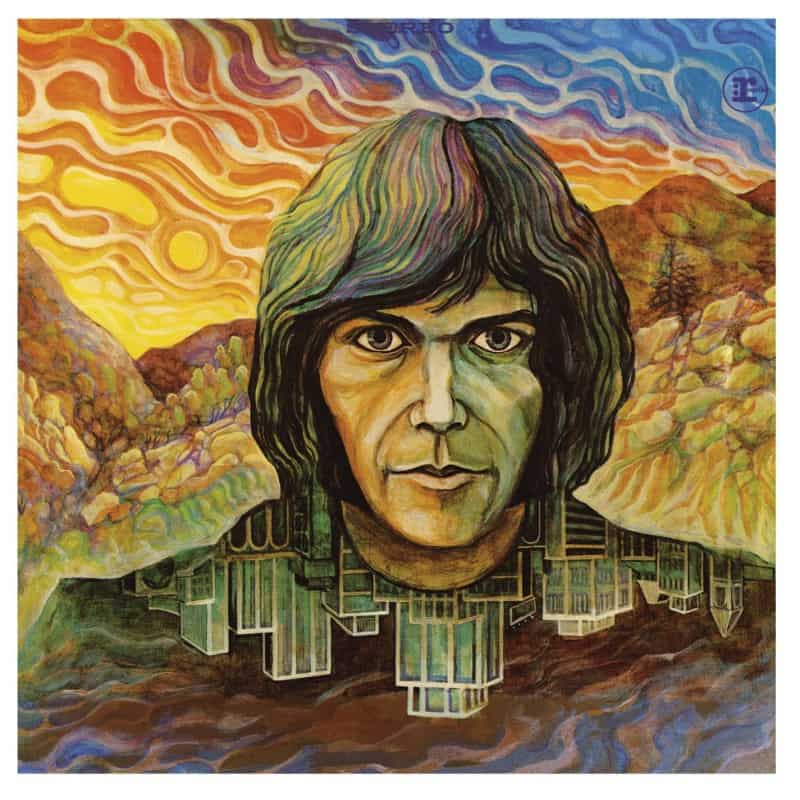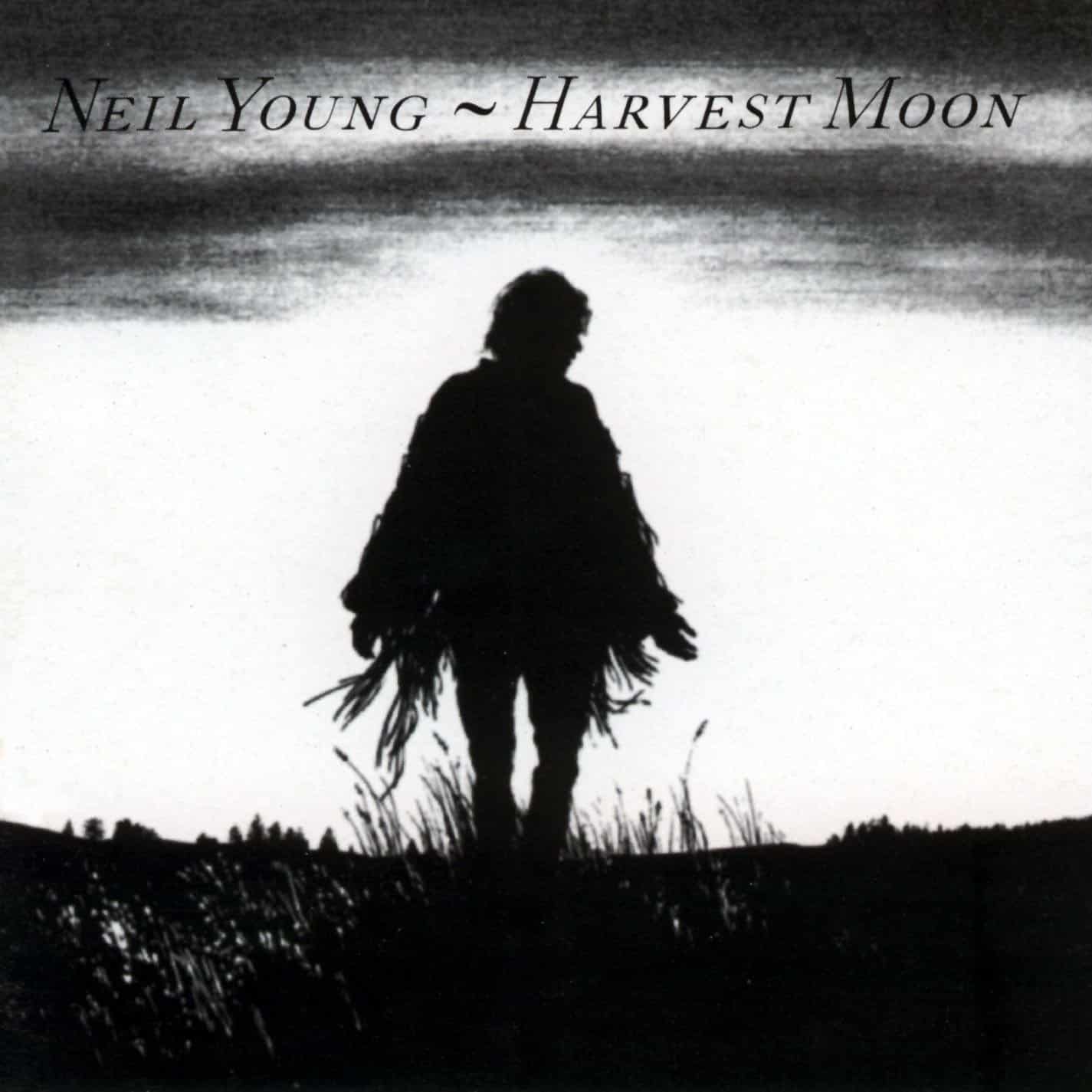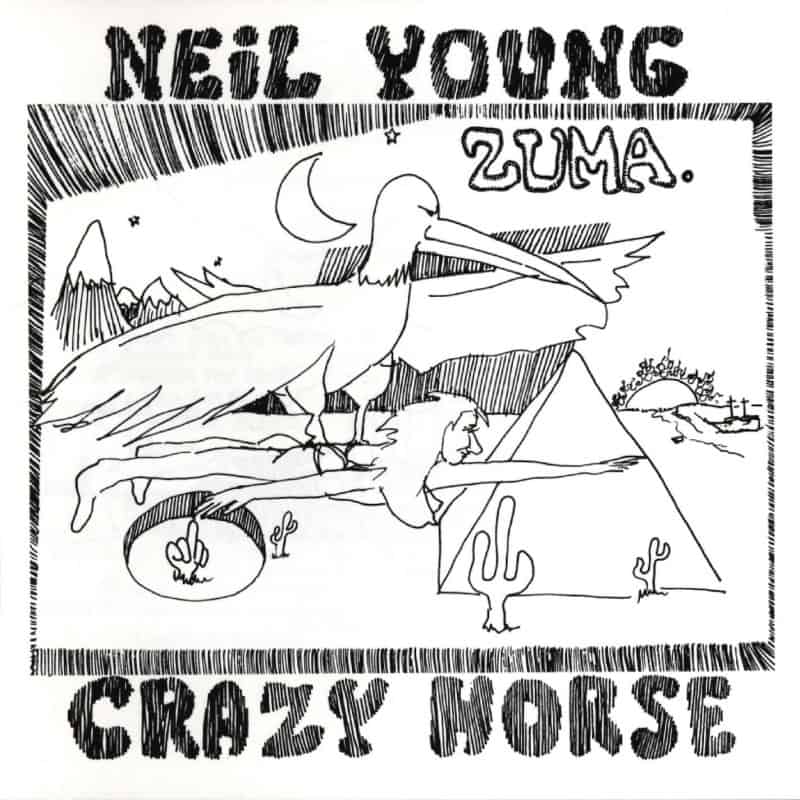Marketplace
2009 Reprise Records PRESSING
- Catalog Number 517937-1
- Release Year 2009
- Vinyl Mastering Engineer Chris Bellman
- Pressing Weight 180g
- Jacket Style Gatefold
- Original Release Year 1972
- Original Label Reprise
- Original Catalog Number MS 2032
When I listening to this album I think of this band or music:
Neil Young, like Bob Dylan, has so influenced so many musicians that it’s natural to focus on him rather than think of other bands. Harvest puts him in the singer/songwriter camp with James Taylor and similarly styled 70s artists—many talented and worthwhile but of a different stripe than Young.
I would listen to this album while:
This is one Neil Young album that’s great at a party because everyone knows the music. For a somewhat commercial album, it holds up well and rewards close listening.
Music from this album would be a great soundtrack to this movie:
A romantic comedy or a film set in the early 70s (“Heart of Gold”) or one about aging (“Old Man”).
Harvest, Neil Young’s fourth album, proved even more popular than its predecessor, After the Gold Rush.The former effort topped the Billboard album charts for two weeks in 1972 and yielded the hit singles “Old Man” and “Heart of Gold.” Young soon became a household name. His reaction to stardom was to avoid it. Harvest, he said, “put me in the middle of the road. Traveling there soon became a bore so I headed for the ditch.”
Here, Young does not use Crazy Horse, the band that plays on his previous two efforts, Everybody Knows This Is Nowhere and After the Gold Rush. He instead assembled a group called the Stray Gators with Jack Nitzsche on piano, Ben Keith on pedal steel, Tim Drummond on bass, and Kenny Buttrey on drums. A number of luminaries—including James Taylor, Linda Ronstadt, David Crosby, Stephen Stills, and Graham Nash—also appear. Time has been generous to Harvest,whichfeatures more lyrical depth than its outward romanticism may suggest. It’s also consistently well performed, with the star turns actually adding to the songs.
I compared the original and the 2009 Reprise pressing of Harvest to the very good Nautilus Super Disc edition from 1982. The latter is nicely balanced and well detailed, with more low-end resolution than the original. However, the 2009 version delivers a greater three-dimensional presentation of the recording space and more timbral accuracy on individual instruments and voices. The reverb on Young’s voice sounds more vivid and he is placed more securely out in front of the ensemble.
Drummond’s bass on acoustic-guitar-based tracks, such as “Out on the Weekend” and “Heart of Gold,” sounds natural and full on my original pressing.But Chris Bellman’s mastering on the 2009 reissue gives it extra definition that helps clarify the attack. Buttrey’s snare drum also comes on stronger. Young’s acoustic guitar is warmer toned and more natural throughout. The slightly thin sound of his harmonica on the original pressing also benefits from more weight and impact. On the title track, the piano accompanying Young’s guitar in the right channel seems easier to hear, too, and Keith’s pedal steel arrives with more force. Its mournful chords underline the sadness in Young’s tale.
On “Are You Ready for the Country,” Nitzsche’s slide guitar now cuts through with added sharpness and affords the music a more buoyant quality. The rollicking piano is also larger and more percussive. When Crosby and Nash contribute vocals near the end of the track, their voices are fuller and harmonies clearer. During “A Man Needs a Maid,” the lower register on Young’s piano feels more emphatic, which makes for a less-abrupt transition to Nitzsche’s arrangement for the London Symphony Orchestra. Here, the orchestral sections are definitively placed and the strings rich and deep. Other elements, such as reeds and percussion, benefit from more clarity and precise location in the soundstage.
The string arrangement is also enriched on “There’s a World.” Yet, while “A Man Needs a Maid” now sounds more impressive, “There’s a World” remains overdone and unsatisfying. By contrast, “Alabama” still may come across as an unsubtle retread of “Southern Man,” but it works well as a rave-up. Its guitars cut deeper on the Reprise pressing—particularly the rhythm parts, conveyed with palpable tube-amp heat and buzz.
In addition to serving as the best and most musical version of Harvest, Reprise’s 2009 reissue features artwork and packaging better than that of the original. Printed on heavier cardboard, the album cover has a more textured, weathered look. As with all the vinyl releases I’ve heard in Young’s Archive Series, Harvest stands as a model of how reissues should be done.
Harvest
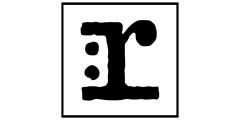
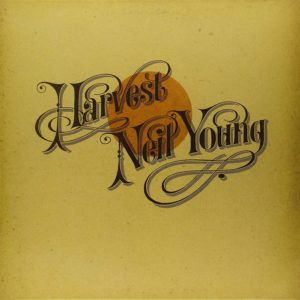
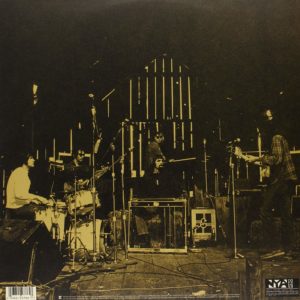
 4.5
4.5
